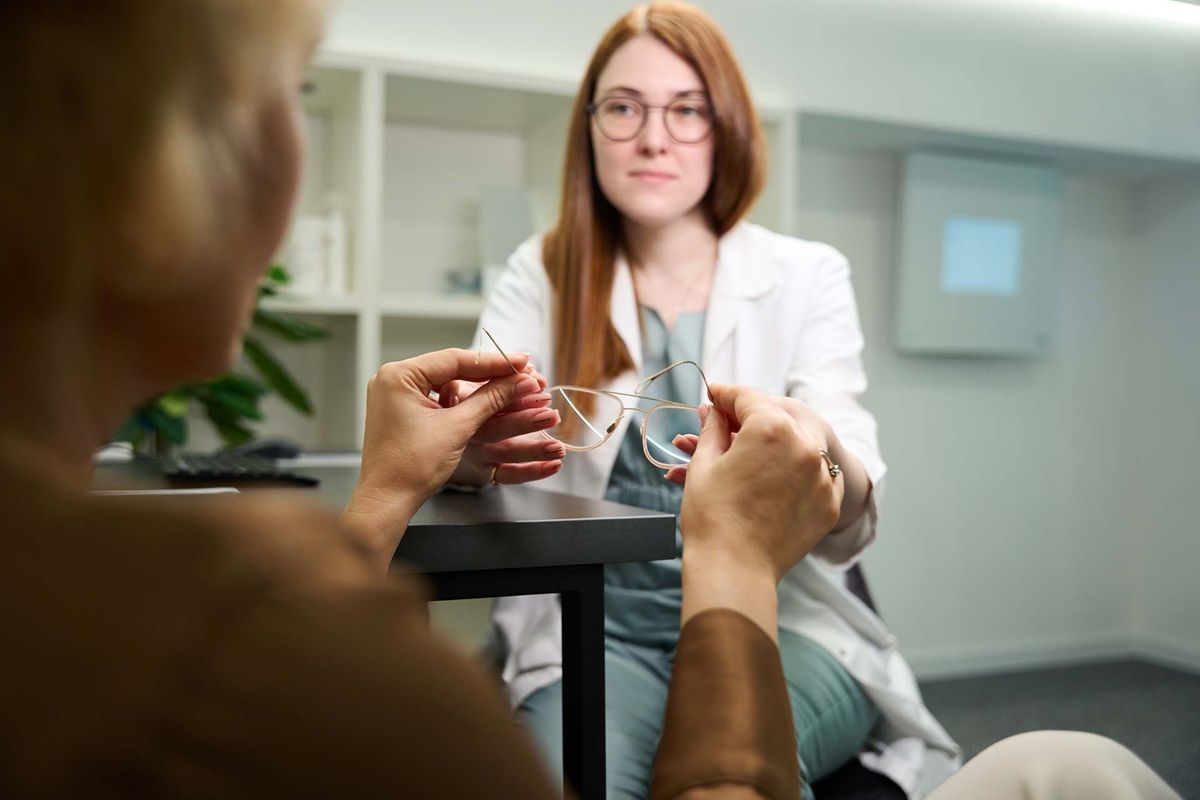Navigating the world of healthcare can be daunting, especially when it comes to understanding what an annual physical exam entails. For women, these exams are vital for maintaining health and catching potential issues early. But what exactly happens during a physical for a woman?
This guide will walk you through the annual physical exam checklist for women, detailing each step and its importance. From routine checks to women-specific exams, knowing what to expect can ease anxiety and empower you.
Whether you're preparing for your first exam or your tenth, understanding the process is key. Let's explore what a women physical exam involves and how you can prepare.

